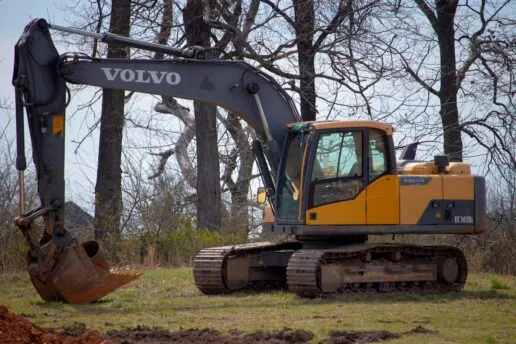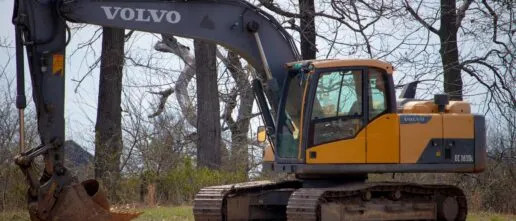A new paper from Oxford University’s Biodiversity Net Gain team is out now, led by Natalie Duffus. Natalie conducts the first academic analysis of what’s actually happening in the off-site BNG market. Natalie’s painstakingly assembled all of the available info on the off-site register, manually creating shapefiles from the drawn maps on the BNG register, identifying parcels of habitat from the aggregate statistics presented on the register as far as possible, & tracing each habitat transaction to its original development site across tens of LPA planning portals where possible. We have the habitat bank data & transactions data up to May 2025; & the first year of transactions (Feb 2024-2025) traced to demand sites.
The highlights:
- In the first year & and quarter (i.e. up to May 2025), just ~2% of the BNG off-site network sold (58/~3000ha listed on the register)
- 38% of total unit demand comes from sites <1ha in size
- 44% of all units are other neutral grassland, followed by mixed scrub & lowland meadow
- Most woodland & wetland on the register is enhancement, so it’s not adding much new woodland or wetland to the conservation estate, but it is adding lots of new grassland
- Nat conducted a complementarity analysis to see if the BNG network is protecting types of habitat that are not being protected by the existing network of conservation sites in England. It is – it’s protecting much more grassland, which is underrepresented in the existing network of conservation sites.
Implications:
- Respond to the BNG small sites consultation**! That consultation threatens to remove up to 38% of the demand from a system that is already profoundly demand-constrained
- Government should consider doing the thing we’ve been building the evidence base for for 5 years – crack down on unenforceable on-site gains & divert more demand through the off-site BNG market, or the government has absolutely no chance of achieving the finance goals of the Nature Markets Framework. We have *decades* worth of demand going unsold on the BNG register which could revert to agriculture if nobody buys it (& most will go unbought without the government stimulating demand)
- Preliminarily, BNG appears to be delivering mixed outcomes for conservation: it’s producing fairly homogenous grasslands, but also grasslands are under-protected, so is adding something to the conservation estate that is of value. We’re planning on looking into these results further because there’s a lot of nuance here.
Led by Natalie Duffus, with co-authors Sophus zu Ermgassen, Owen Lewis and Richard Grenyer


